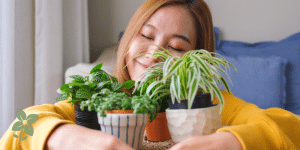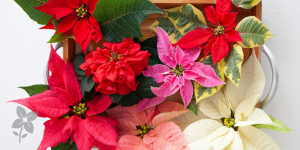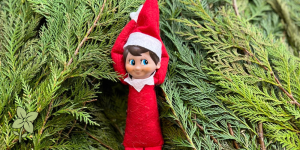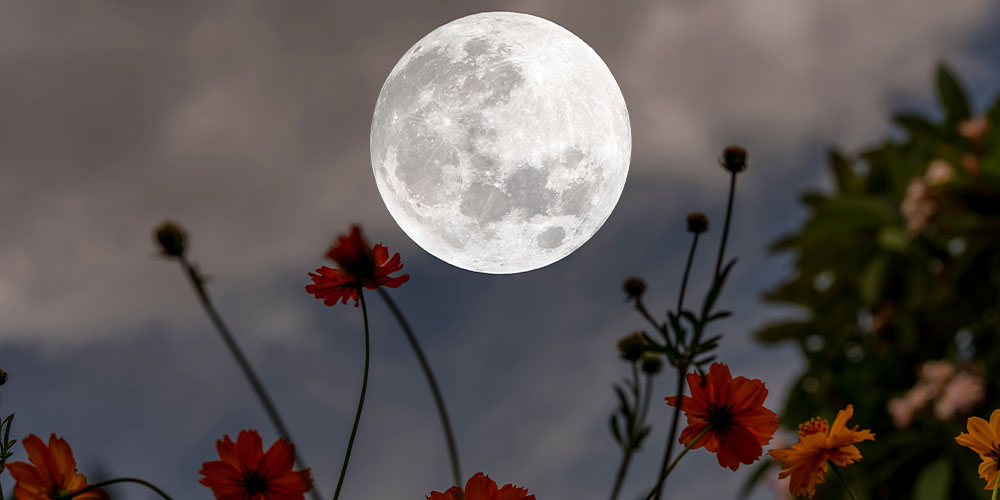
Some days””and some seasons””are better for planting than others! To get the most successful results from your garden plants, follow this guide so you can perfectly time your planting schedule from spring until fall.
What Are the Best Planting Days?
The moon has a significant effect on our garden, causing moisture to rise and fall in the soil, just like how the tides rise and fall. The moonlight””which is really just reflected sunlight””helps our plants photosynthesize and grow.

Different plants have different preferences, so to simplify, we made this list of all our garden plants and the ideal moon phase to plant them. We recommend creating a schedule ahead of time so you can pinpoint the perfect time each month through the different gardening seasons.
The Best Days for Planting Below-Ground Crops
Below-ground crops include root vegetables like potatoes, carrots, rutabagas, and radishes. The ideal time to plant them is under a full moon.
The Best Days to Plant Above-Ground Crops
Above-ground crops include vegetables like tomatoes, peppers, and squash. You’ll get optimal results from planting them under a waxing moon””ideally, a waxing crescent.
The Best Days to Plant Seeds
Under a new moon, soil moisture is raised, and moonlight increases each day. These are ideal conditions for germinating seeds.
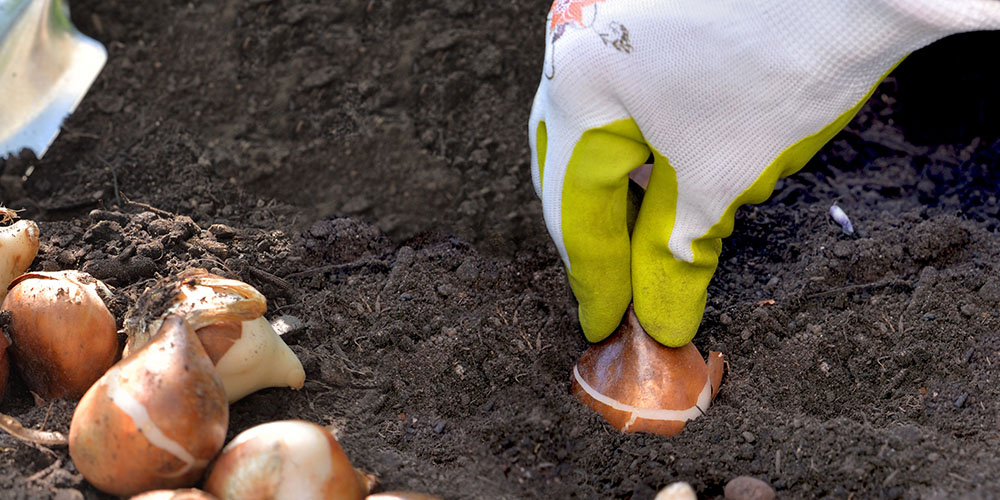
The Best Days for Planting Flowers and Bulbs
Plant your flowers and bulbs under a full moon. Moisture levels will be high, and moonlight will decrease each day, creating the perfect conditions for your plants to draw in energy through their roots.
The Best Days for Planting Trees and Shrubs
Permanent landscape plants like trees and shrubs will perform well if you plant them under a full moon or a waning moon. The gradual reduction in moonlight helps them focus on root growth instead of producing more leaves and upper growth before they establish.
Planting Through the Seasons
Now that you know which moon phases are suitable for planting, you can highlight those days on your calendar each month through spring, summer, and fall. From there, you can use the following list to determine what you should plant in each season.
Planting in Spring
Once the ground has thawed, snow has melted, and the threat of frost has passed, we’re finally ready to start planting in Edmonton. Our final frost is usually around early to mid-May, but some cold-hardy plants can go in the ground a bit earlier. Here’s everything we recommend planting in spring:
- Cool-season crops in early spring, such as cabbage, broccoli, carrots, and turnips
- Warm-season crops that take a long time to mature, such as tomatoes, potatoes, and peppers
- Trees and shrubs
- Summer-blooming bulbs like dahlias, cannas, and lilies
- Perennial flowers
- Cool-season annuals in early spring, such as pansies and dianthus
Planting in Summer
In summer, the soil is quite hot from the bright sun, so it’s not an ideal time for planting most crops. However, there are still a few things you can plant during this season! These include:
- Cool-season crops in late summer, so they can mature as the temperatures cool in fall, such as kale, lettuce, beans, peas, broccoli, and radishes
- Summer annuals, such as calendula, celosia, marigolds, pansies, and violas
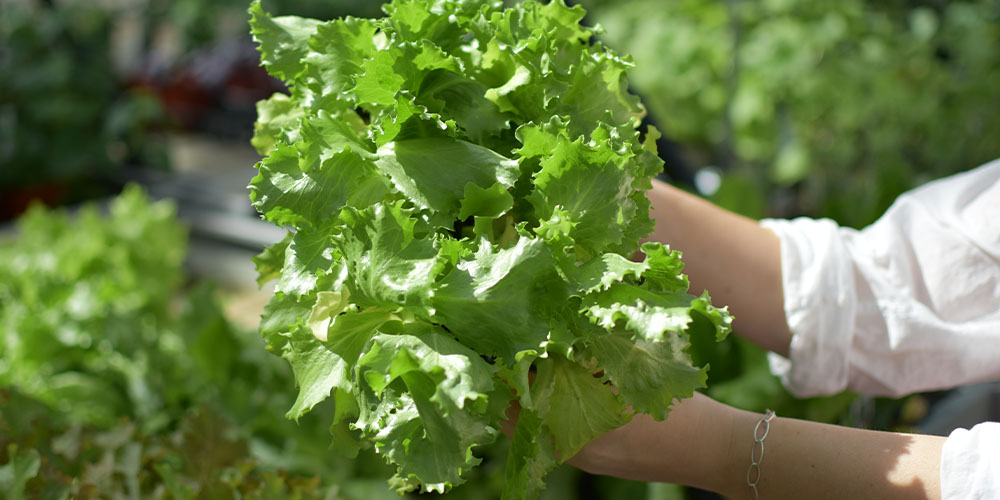
Planting in Fall
In fall, the weather is mild again, similar to spring. You can plant many things in the fall, but you must be mindful of the upcoming winter weather. Here’s what we recommend planting in fall in Edmonton:
- Trees and shrubs, though we recommend wrapping them with tree wrap and spreading mulch to keep them insulated over the winter
- Spring-blooming bulbs like daffodils, tulips, and hyacinths
- Fast-maturing, cool-season vegetables like lettuce, arugula, and radishes
We hope this guide makes it easier for you to determine the best planting days in Alberta! Don’t hesitate to contact our experts at Salisbury Greenhouse in Sherwood Park and St. Albert for tips on proper planting.

